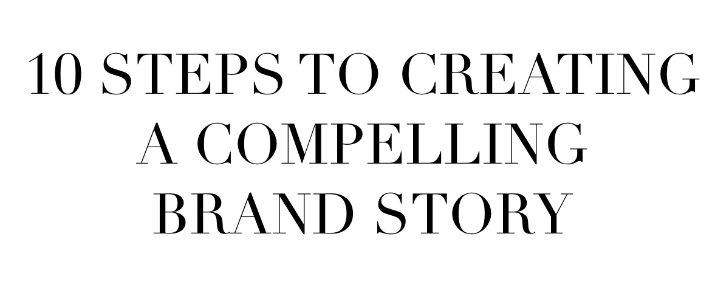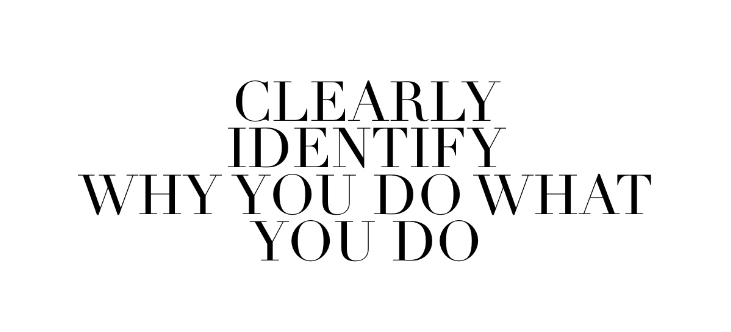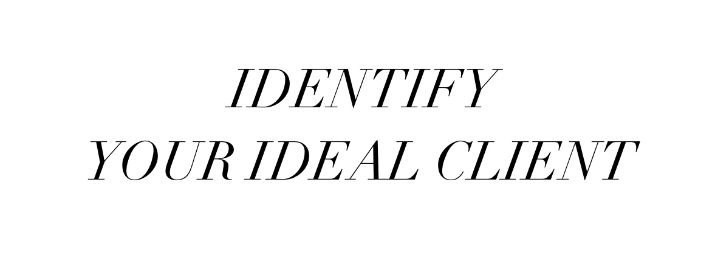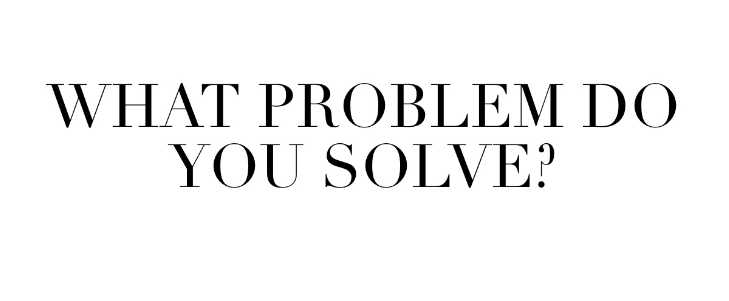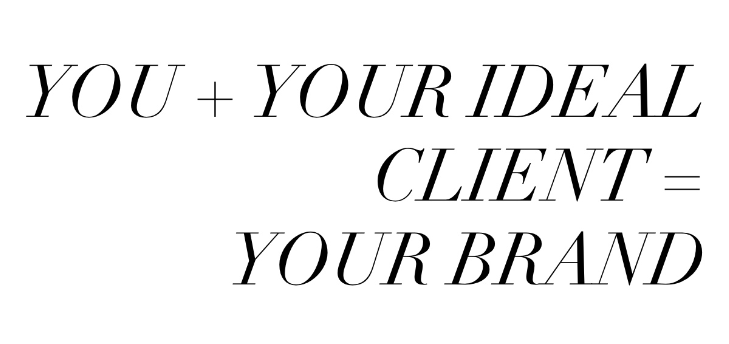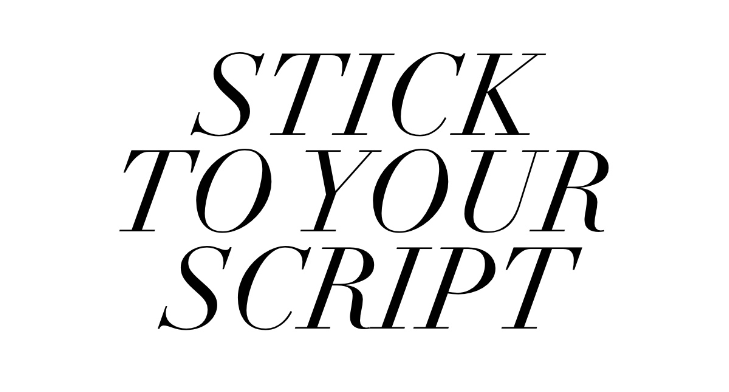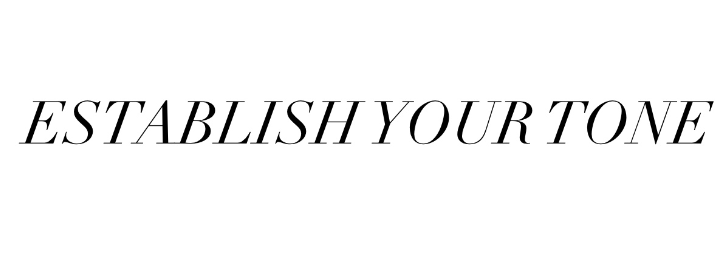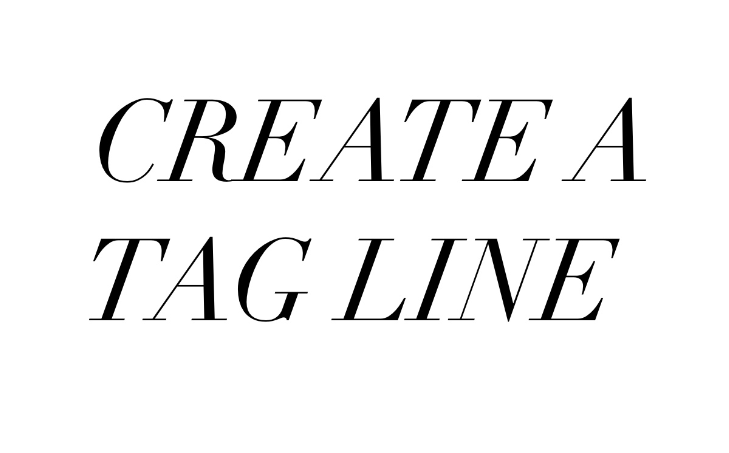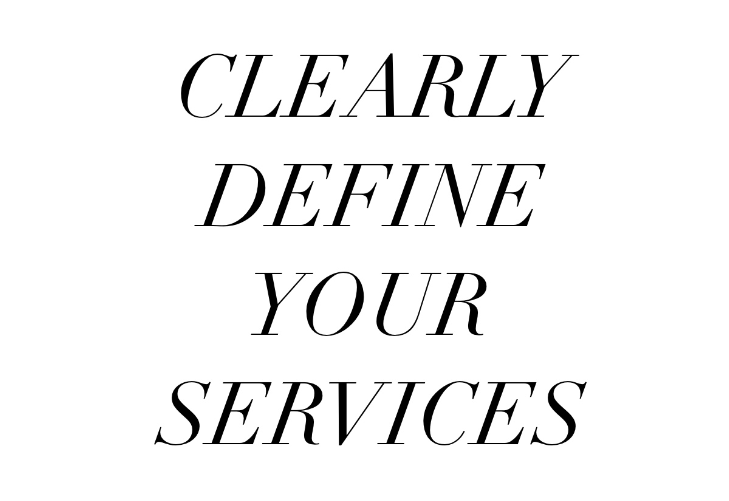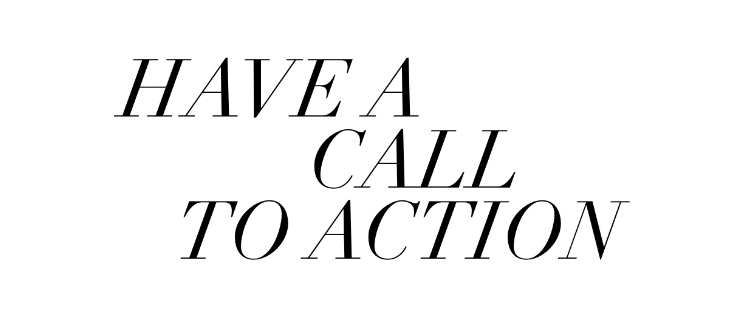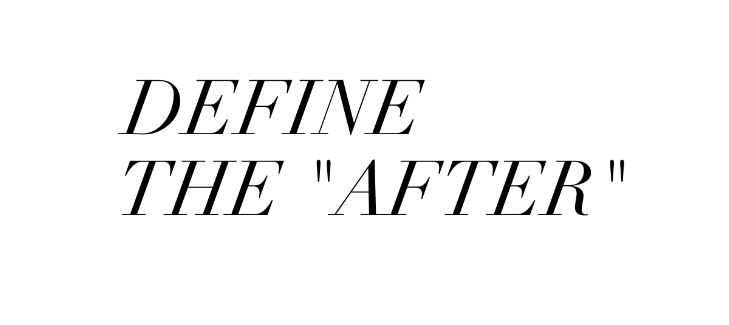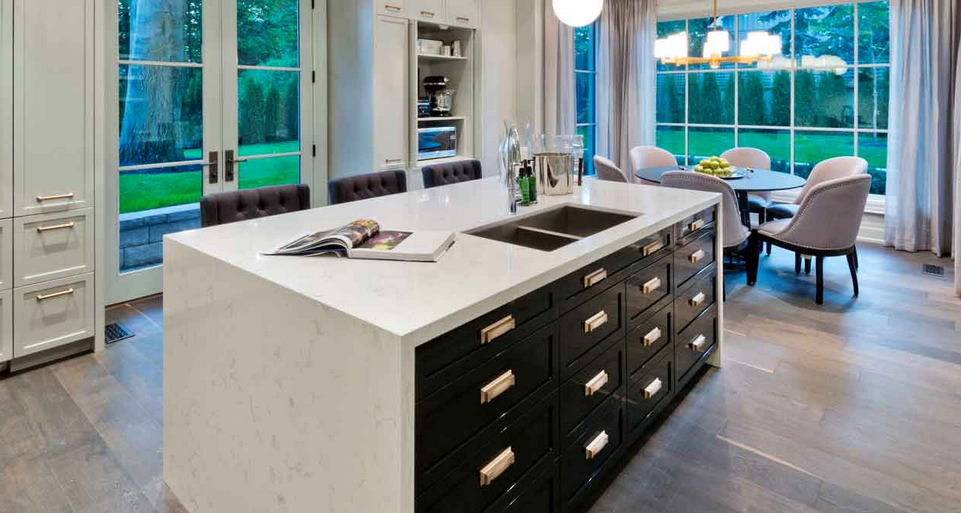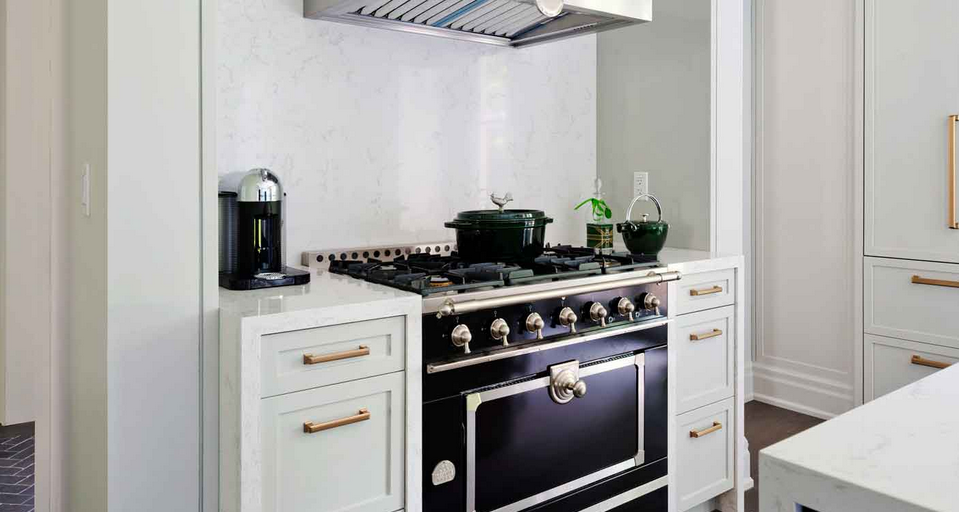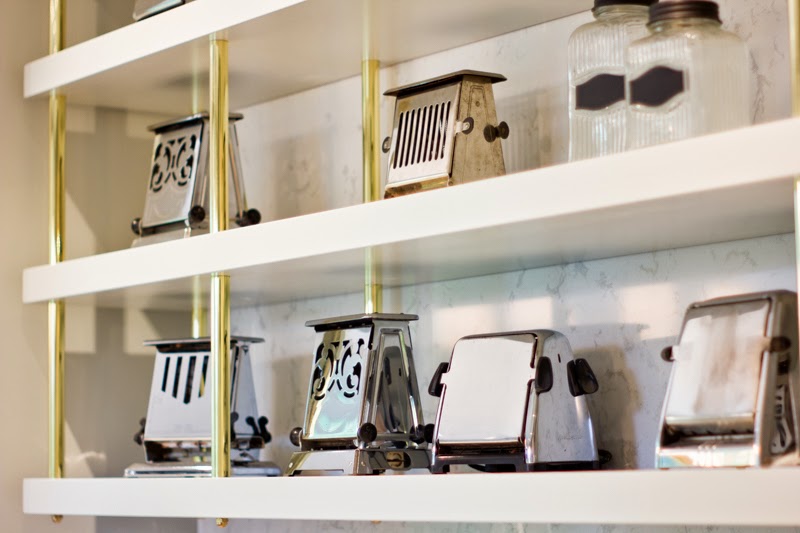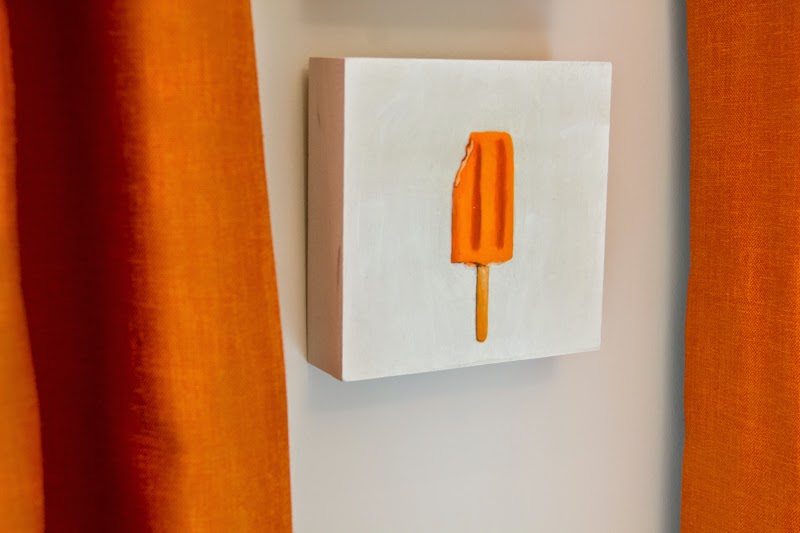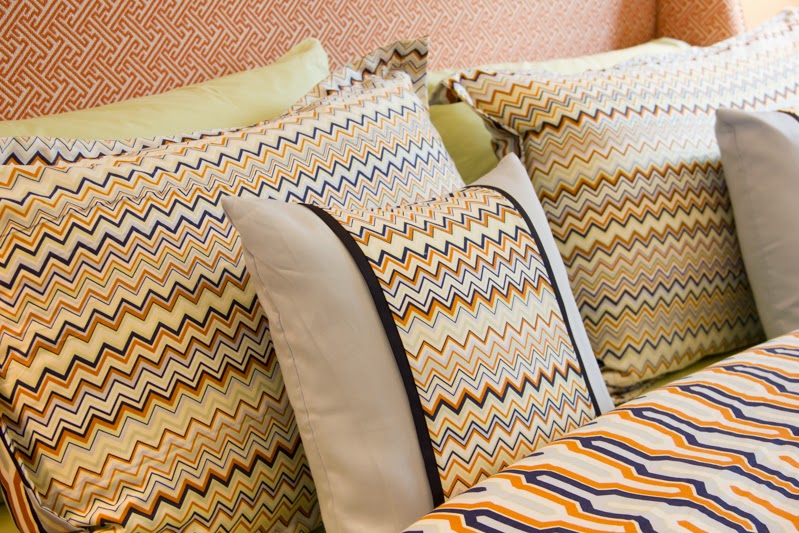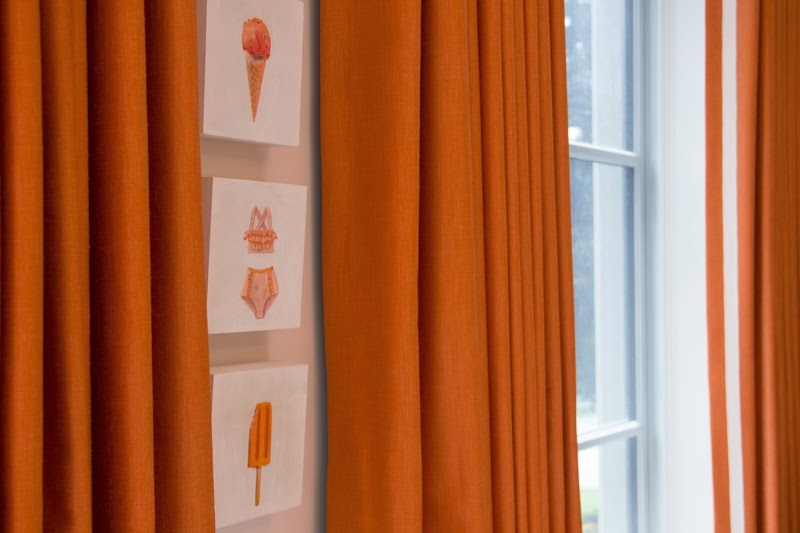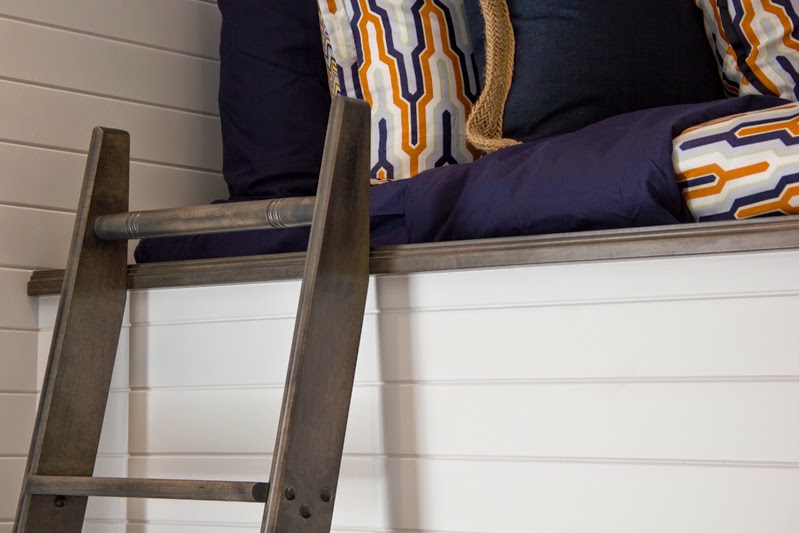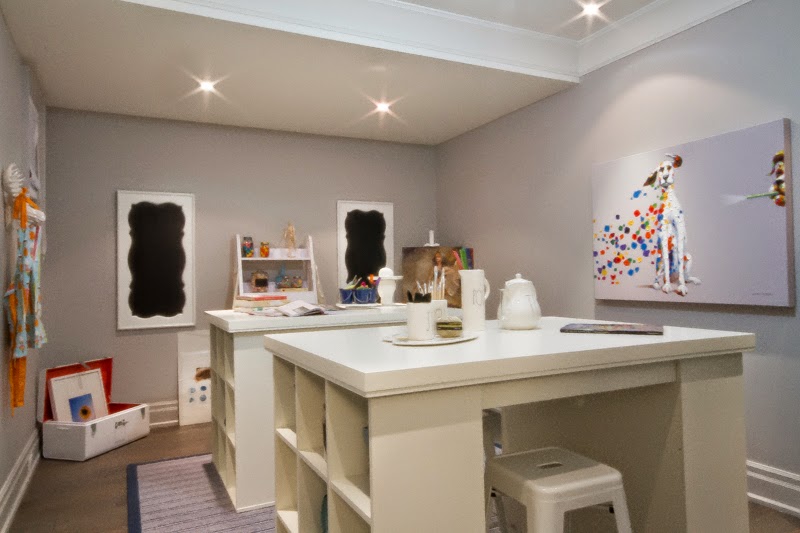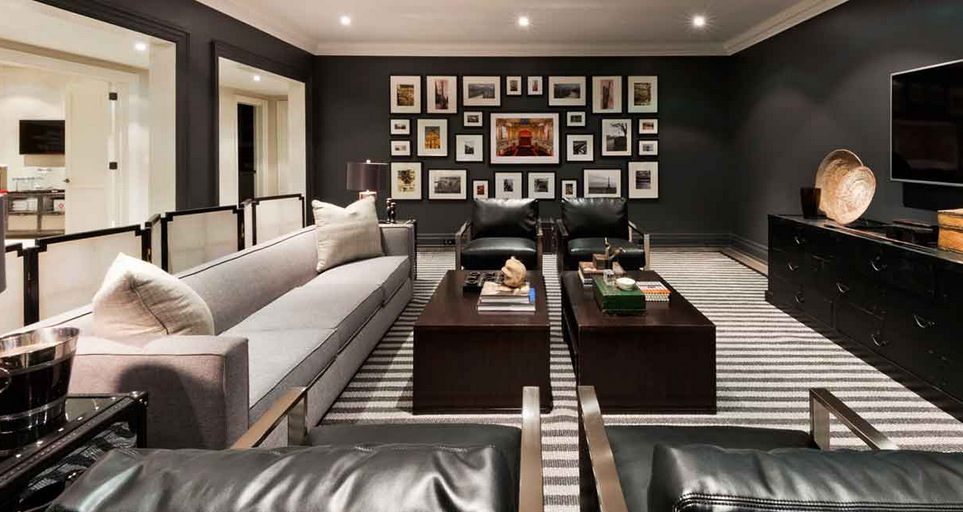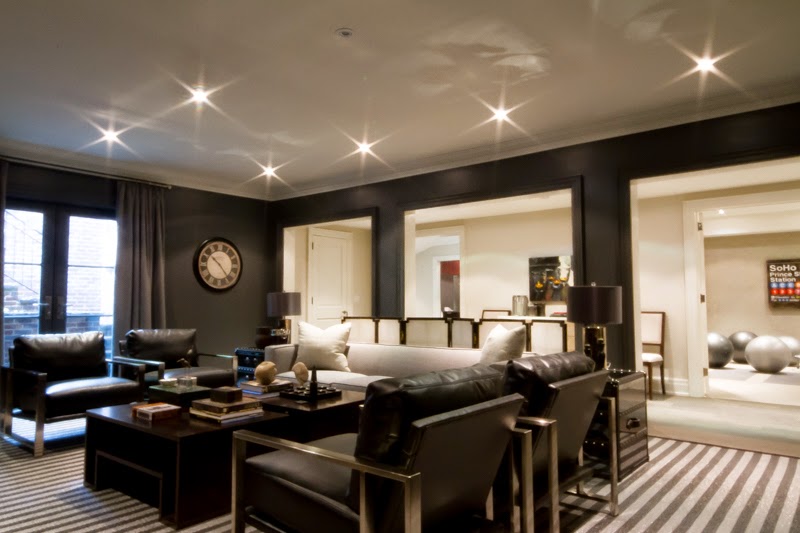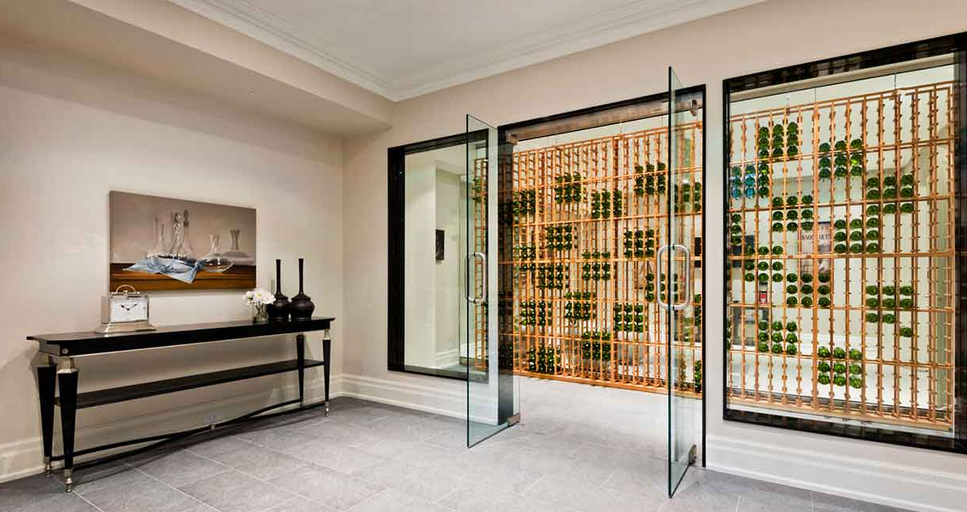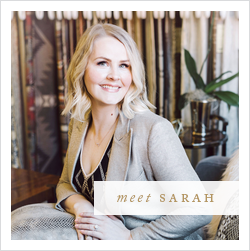10 Steps To Creating a Compelling Brand Story
It’s hard to believe it’s already been over a week since my whirlwind trip to North Carolina. I was there speaking as a part of Decor Mentor’s #Elevate series and was truly humbled to share the session with the incomparable coach Gail Doby. Gail is all about helping designers increase their profits and decrease their stress, and she spoke first on finding and getting hired by your ideal client. As usual, she was truly inspirational! In fact, I’ll probably inject some of her nuggets of wisdom into my post here.
I promised those in attendance that I would share my portion of the presentation as a blog post so that they could revisit my tips and insights on how to create a compelling brand story, and I hope it will be of interest to all my designer friends and brands who are looking to connect with their ideal clients in a meaningful way.
So, why call it a brand story you ask?
Well, because we are all storytellers, and the framework of a good story really informs so much about what makes for compelling marketing, brand strategy and copywriting. Whether you design interiors or create beautiful products, you are telling a story. So let’s make sure it’s a good one.
{Side note: If you want to read more on this subject from two of my favourite thinkers, check out this book by Simon Sinek and also the work of Donald Miller. Both have significantly shaped my thinking and the insights I’m sharing here.}
I’ll get into how the elements of story effect our thinking and good branding in STEP THREE, but for now let’s dive in. Here are my 10 STEPS TO CREATING A COMPELLING BRAND STORY:
STEP ONE
In his book Start With Why, Simon Sinek says: “People don’t buy what you do, they buy why you do it.”
Apple doesn’t have loyal customers and raving fans because their products are cheaper than the competition. They’re not. In fact, sometimes they are four times the price! They have loyal customers and raving fans because they have clearly defined their purpose and – even if they can’t quote Apple’s mission statement verbatim – their customers get it. Do you know what Apple’s mission statement is? They exist to challenge the status quo, and in doing so, they have become an extension of how their customers define themselves. They sell a philosophy. They sell a way of life. Their products are merely an extension of their WHY.
As another example, Gail Doby and Lisa Ferguson’s Flourish Summit connects with designers because their WHY is abundantly clear. They exist for your success, and they want you to experience 3 things: Less Hustle. More Profit. WAY more joy.
Sign me up, right?! I don’t know about you, but I want all of those things in spades! Their WHY connects emotionally because it is compelling, both for them and for the designers they seek to serve.
You need to connect on that same level with your ideal clients, so here are a few questions to ask yourself to clearly identify your WHY:
- Why did I get started in this business to begin with?
- Why do I love what I do? Why do I get out of bed in the morning?
- What are my non-negotiables?
- What are my core values?
- What are my filters for how I make decisions {on my designs, the products I select, how I run my business and how I engage with my clients?}
For example, the products you choose will become proof of WHY you do what you do. For some, “better” is about getting everything they can out of their budget. For others, “better” is about one-of-a-kind, it’s about bench-made craftsmanship and high-end quality. Neither one is wrong per se, but it is very important to know what your values are and how they align with your ideal clients.
Other questions to ask yourself:
- What gives me the greatest joy and satisfaction – in my work and in my life?
- What am I doing when I feel I am being most true to myself?
- When am I most inspired?
Why do you need to put clear thought and language around all of this? Because when your clients understand and buy into WHY you do what you do, they will be increasingly loyal and less likely to even bother researching the competition.
The other very important reason you need to clearly identify your WHY is that people will sense it, whether it is clearly written into your brand script or not. If you are only doing what you do to make money, people will sense that and they will not feel compelled to work with you. But if your WHY, for example, is to improve their quality of life, to inspire them, to free them to shine in their own areas of strength, to create a beautiful context or a beautiful product to enhance the way they live and their relationships…well, people will get it. They will more than get it. They will CONNECT with it. And it will become their WHY for working with you.
STEP TWO
We all know Habit #5 from Stephen Covey’s 7 Habits of Highly Successful People: “Seek first to understand, then to be understood.” As designers, we have to decide WHO we are seeking to understand by first identifying our ideal client, and then we need to get to know them well.
We’ve all had at least one dream project, right? You know, the one that made you remember WHY you got into this business to begin with. The one that made you excited to jump out of bed each morning. The one that made you feel like your greatest strengths were being used to their full potential.
So take the time to write down WHY they were your dream client by answering the following questions:
- What were their core values?
- How did they treat you?
- Was it a highly involved partnership or were they totally hands off, leaving everything to you?
- What kind of project did you work on together? Was it the style that made it a dream job for you? The scope? The speed at which it happened? The budget? The team with which you worked?
- What was the outcome – both visually and financially?
I loved Gail’s reminder that our clients – yes, even the CEO’s and lawyers – are often intimidated by us as designers. So we need to do what we can to set them at ease, and the best way to do that is to make them feel understood. This means asking the right questions and learning to speak their language. It does not, however, mean morphing into whoever you think they want you to be. We will talk about why that is in STEP FOUR. But first…
STEP THREE
- How do my ideal clients define themselves and what would it look like for my brand to become an extension of that definition?
- Scan your copy to make sure you’re not saying the same thing more than once.
- Seek connections between thoughts so that rambling paragraphs can be shortened into tighter sentences.
- Create a story-like flow between thoughts so that the reader feels you are leading them to an important conclusion.


